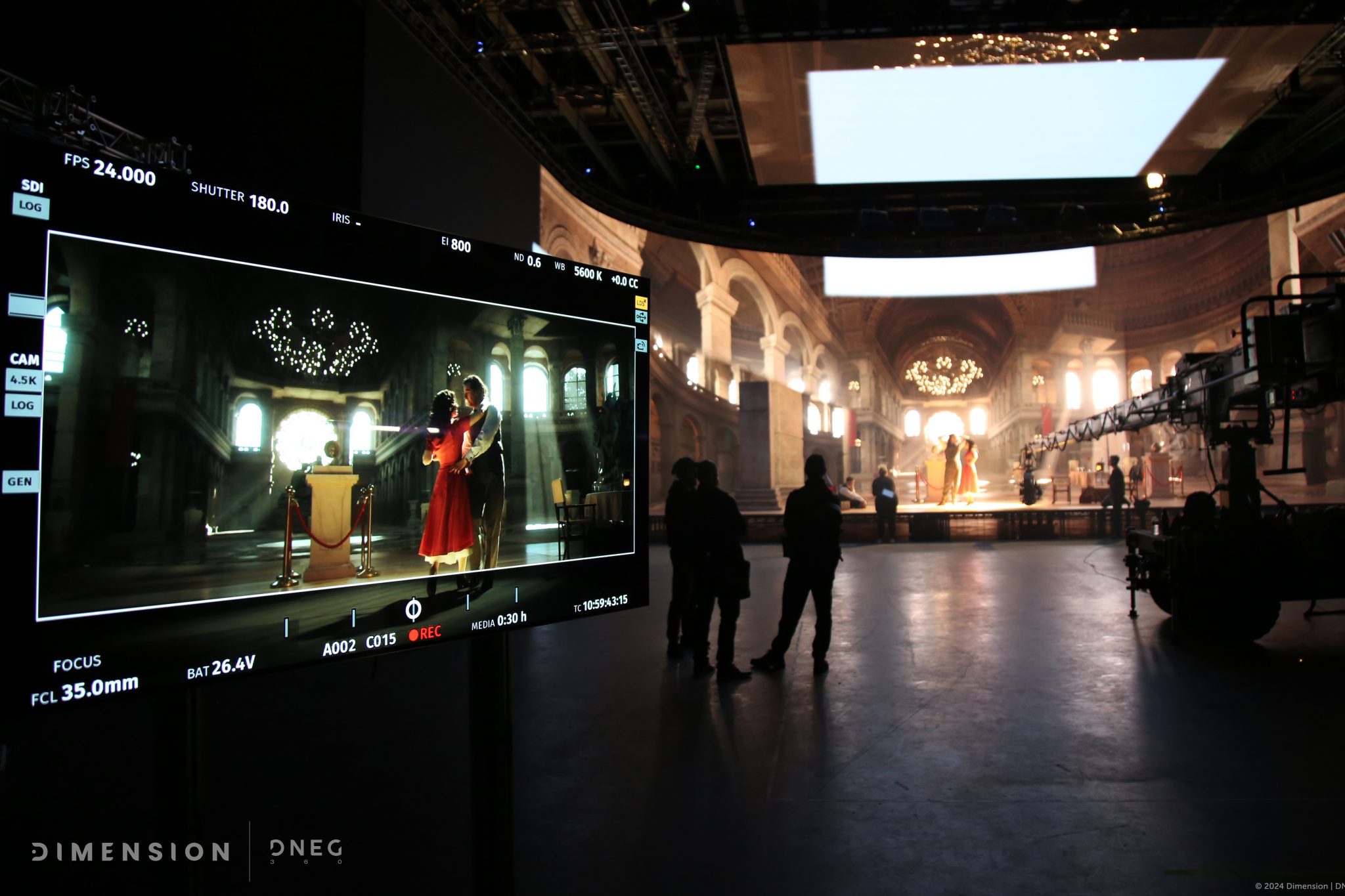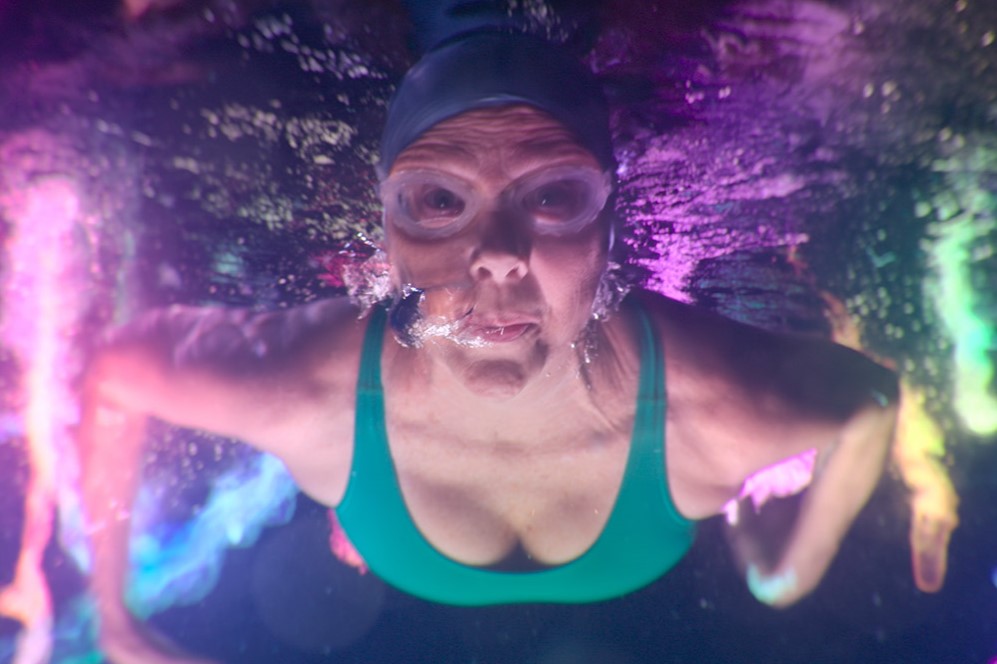DNEG VFX Supervisors Aleks Pejic, Francois Lambert and Michael Grobe take us through the studio’s work on the action-packed tenth main instalment in the Fast and Furious franchise.
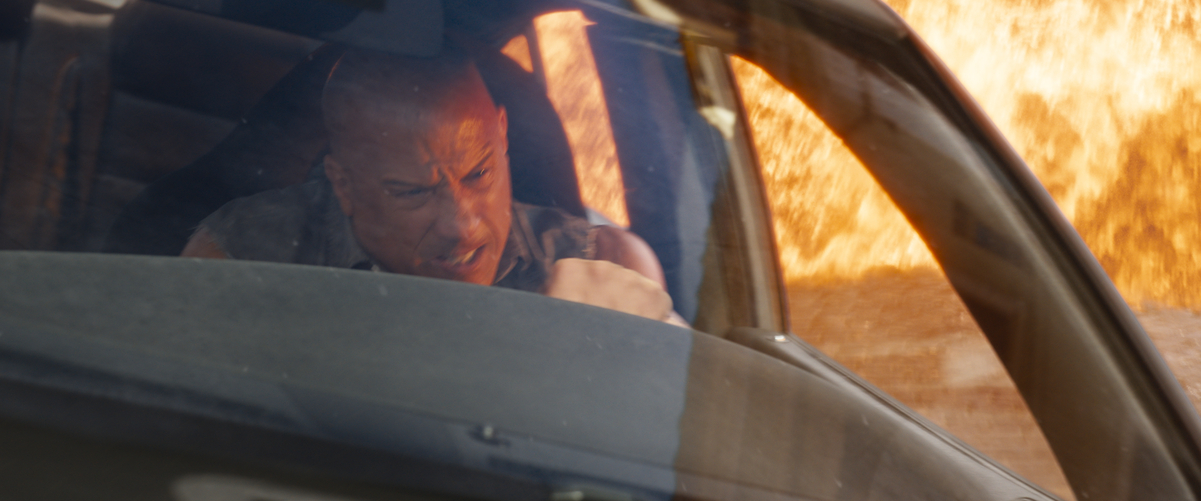
Fast X, the tenth main instalment in the franchise, is setting audience’s pulses racing around the globe. With Vin Diesel, Jason Momoa and Michelle Rodriguez reprising their roles in the franchise, audiences are prepared to see action around every corner as the gang confronts the most lethal opponent they have ever faced.
As the main VFX partner on the film, DNEG worked on two major sequences: the Rome bomb sequence, which occurs early on, and the Portugal car chase in the third act. DNEG VFX Supervisors Aleks Pejic, Francois Lambert and Michael Grobe worked with their global teams to create over 1,000 exciting visual effects shots.
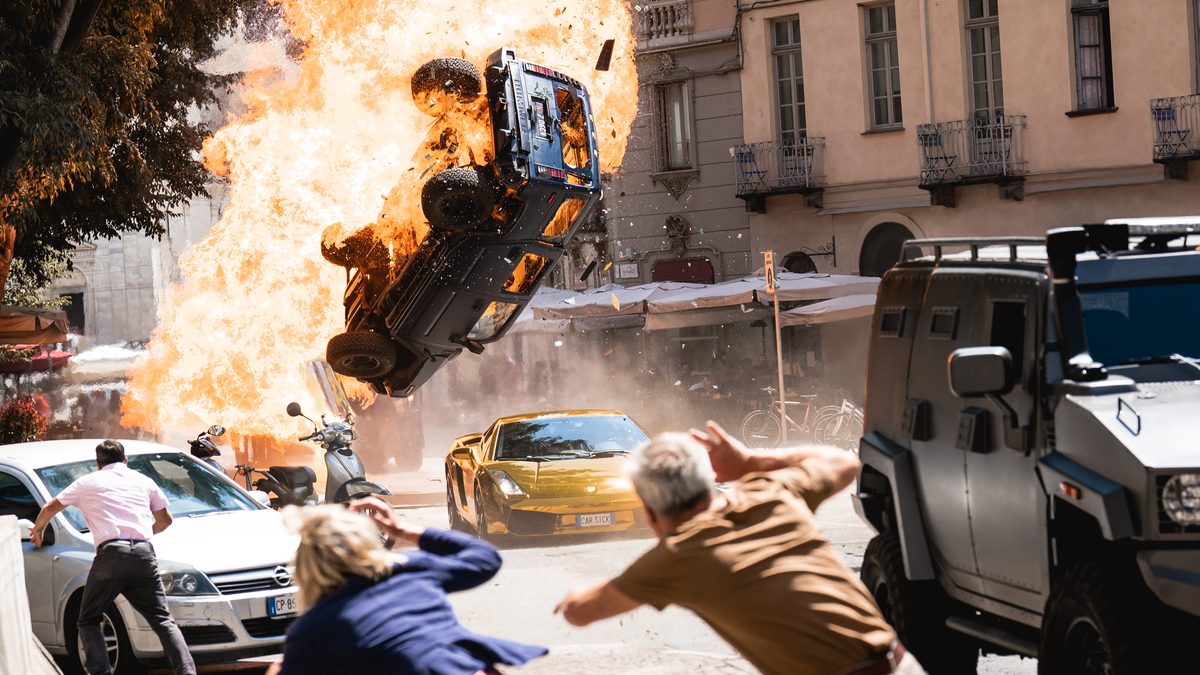
VFX Supervisor Michael Grobe returns to the Fast and Furious franchise for the third time.
Fast movies are always fun to be a part of. The over-the-top nature of the action and the seamless integration of the VFX work with world-class stunts and car action performed in camera, make it very rewarding and enjoyable. The Fast movies have a very large and loyal fan base globally, so it was both a challenge and, at the same time, a rewarding experience to help shape the visuals for this movie.
Michael Grobe, VFX Supervisor at DNEG
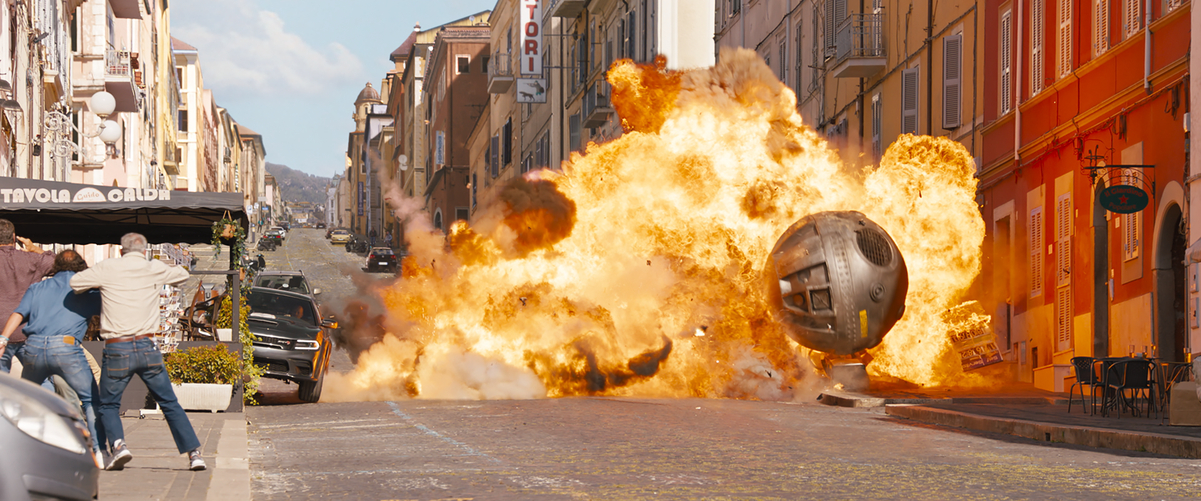
The Rome sequences were shot in different locations, some in Rome and some in Turin. The team combined the two shoot locations to create the Rome environments, using aerial plate photography to reconstruct the geometry and creating some of the buildings in full CG.
For the bomb sequence, where a car chase leads to an explosion, the team used a combination of environment, background replacement and crowd work to set the scene, then created the water explosion and shockwave FX that blows it up. To create the explosion, the team started by referencing both nuclear and underwater explosions throughout history and tried to determine how a hybrid of these would look and behave. For the shockwave that follows, real-life references of tornadoes and hurricanes that reach up to 150 mph were used to determine what would happen to trees, buildings and water.
Both the explosion and shockwave were created in Houdini with lots of different passes to determine the different types of debris, building destruction, the water simulation, spray and waves, and the dust from the ground. The sequence was a combination of a lot of different passes that then went to comp to generate the really complex look.
Aleks Pejic, VFX Supervisor at DNEG
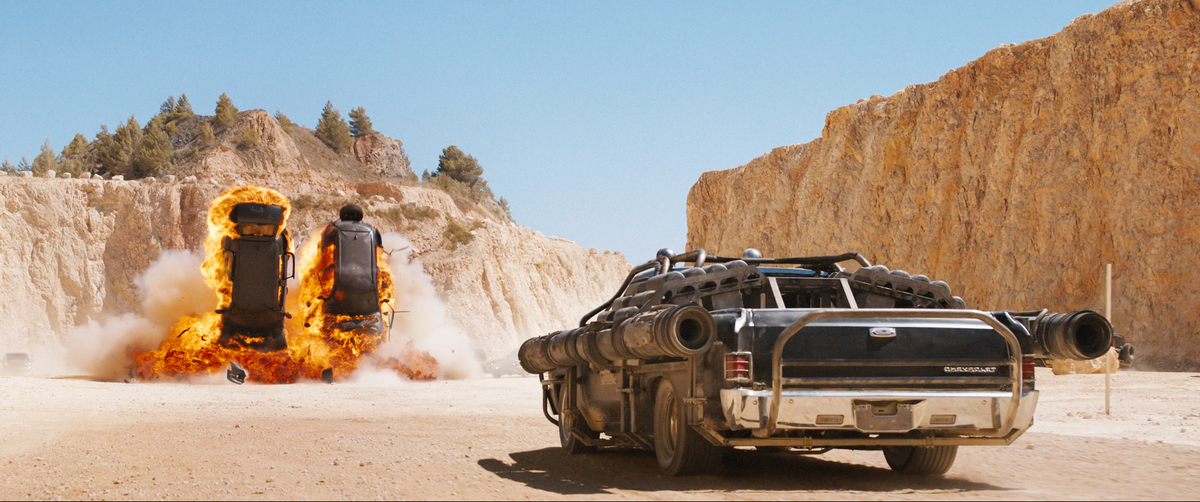
The third act of the movie takes place in Portugal and features a thrilling car chase sequence consisting of several intricate beats. The DNEG team created multiple environments, CG assets (including planes, helicopters, a ChargerRT, Ford Fairlane, and the iconic El Camino Cannon Car), digidoubles, and FX fire and explosions to showcase the high-octane action for these sequences.
We faced several challenges during the car chase sequence, as it encompassed a variety of locations. It starts in a harbour, transitions to a quarry, and culminates on a highway in northern Portugal. We had a fleet of stunt cars and two real helicopters on set. However, for close proximity scenes and crash sequences, we relied on CG vehicles. The sets being that wide was a challenge, every location was scanned with LiDAR, but the amount of data needed to recreate a highway was considerably high.
Francois Lambert, VFX Supervisor at DNEG
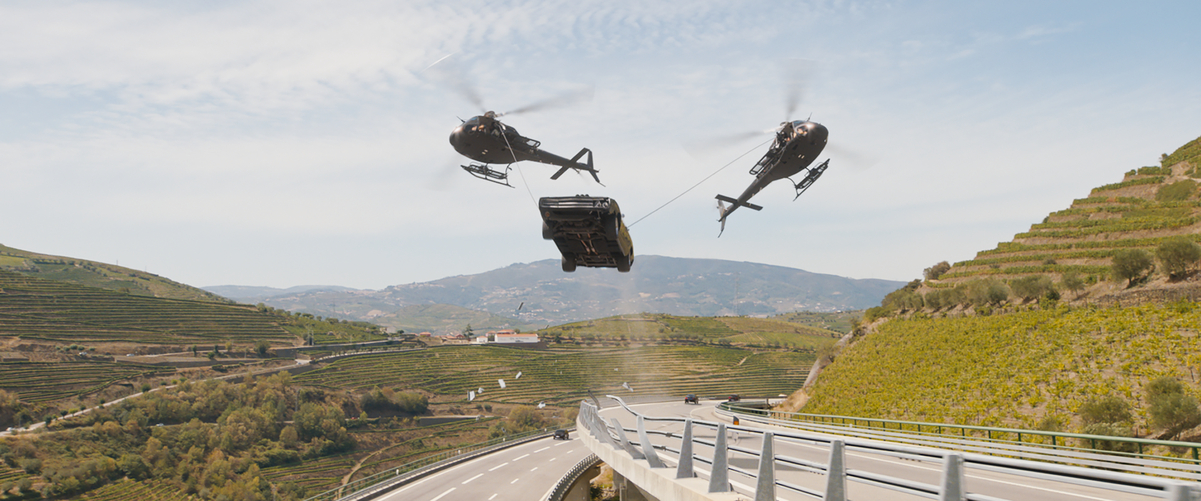
During the highway chase sequence, two helicopters ascend on each side of a highway bridge, aiming to shoot harpoons at Dom’s Charger and throw him off the bridge. However, Dom retaliates by activating his NOS, causing the helicopters to collide in mid-air and crash.
The DNEG team were fortunate to have two real helicopters on set that were able to perform a good amount of the stunts within a safe distance of each other. For the near misses, one helicopter was removed, and then both were grounded for the climatic crash. DNEG’s VFX animation team used the real helicopters as a reference point to ensure realistic physics, weight, and flight paths when creating the final blend of real and CG helicopters seen in the movie.
Following the crash, Dom proceeds to drag the helicopters along the highway, using them as powerful weapons to take out mercenary cars in classic Fast and Furious style. To achieve this sequence, an empty stunt car was projected from the top deck to the lower deck of a Portugal highway. While the car crashed on impact, this stunt provided us with a realistic trajectory that a car of that weight would follow and served as the anchor for the massive jump.
At this point of the sequence, all the helicopters are CG and animating them required multiple iterations in order to get it right. We had the assistance of Fred North, the pilot of the real stunt helicopter on set, who provided valuable insights on how helicopters would react when lifting heavy objects or when subjected to tugging and pulling forces. I believe the final result is a beat that strikes a balance between realism and spectacular visuals.
Francois Lambert, VFX Supervisor at DNEG
Fast X premiered on 19 May 2023.
